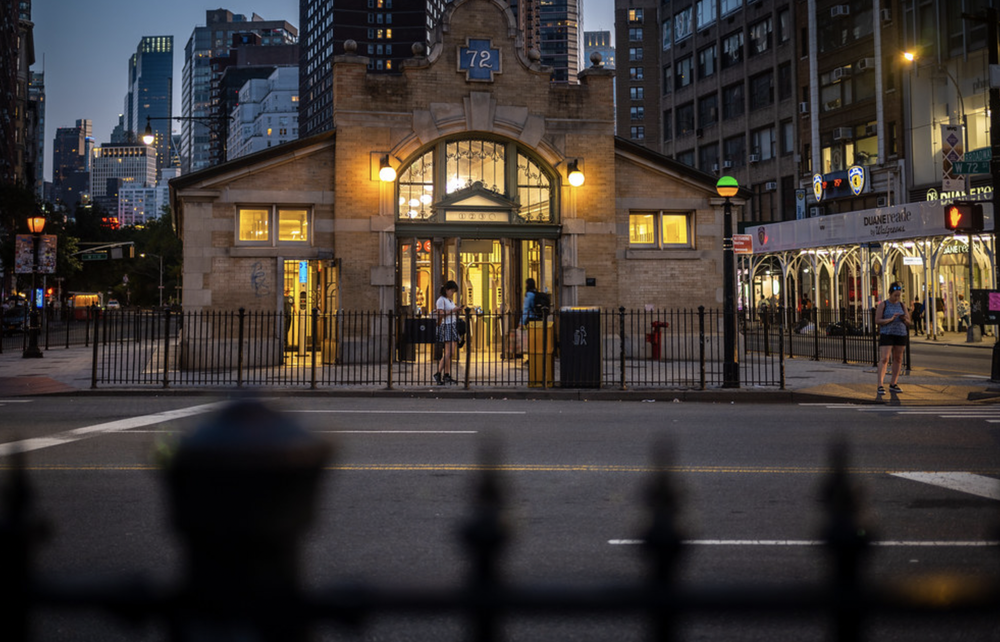Curb space makeover on Upper West Side will bring new bike racks, more public seating
Oct. 28, 2024, 4:26 p.m.
The “Smart Curbs” program will dramatically change parking rules in the neighborhood, add more public seating and install 30 new bike racks in spaces normally occupied by vehicles.

The new "Smart Curbs" plan spells the end of roughly 175 parking spots.
A swath of the Upper West Side will soon become a laboratory for new uses of curb space aimed at reducing double parking and increasing public seating, the city Department of Transportation announced on Monday.
The “Smart Curbs” program will dramatically change parking rules in the neighborhood, add more public seating and install 30 new bike racks in spaces normally occupied by vehicles. The program, which the transportation department said it has begun implementing, is part of a larger plan to control traffic by designating curb space for delivery trucks and for-hire vehicles. The plan spells the elimination of roughly 175 parking spots.
“Our ‘Smart Curbs’ program is taking a blank-slate approach to modernize how we utilize curb space and make our streets safer for everyone,” Transportation Commissioner Ydanis Rodriguez said in a statement. “Many New Yorkers have provided input to develop this program, and this first phase reflects that feedback by utilizing more curb space for local deliveries, bike parking and space for pedestrians.”
The Upper West Side is the first neighborhood to get the curb overhaul. The boundaries of the project are West 72nd Street to West 86th Street and Broadway to Central Park West. City officials said additional locations will soon be announced.
In the first phase of implementation, the transportation department said it will remove rush-hour regulations on Columbus Avenue on the Upper West Side, which banned parking on the west side of the avenue between 7 a.m. and 10 a.m. Instead, commercial vehicles will be able to park in metered spaces to prevent double parking along the avenue.
New zones for trucks and commercial vehicles loading or unloading during daytime hours will be implemented in six different locations. The transportation department has sought to make the so-called “last mile” of package deliveries more efficient through cargo bikes and dedicated “microhub” distribution zones.
Similar loading zones for passenger or commercial vehicles — like taxis or private ride-share cars — to pick up or drop off people during the daytime will be implemented in 21 other locations.
Donald Shoup, an urban planning professor at UCLA and a parking expert, said the city should be much more ambitious. “The curbs could be even smarter,” he said. “On every street there should be loading zones. They should be charged by the minute."
“It’s the most unsophisticated city on earth for curb parking," Shoup added. "And you’re making a mild change and you call it smart parking.”
According to city officials, the Upper West Side is one of the densest residential neighborhoods in the country with several commercial streets. It also has one of the lowest vehicle ownership rates, making it “an ideal location” to implement the smart curbs program.
The initiative is among a number of policies from Mayor Eric Adams’ administration on the use of curb and sidewalk space. Adams pushed for a permanent outdoor dining program in the aftermath of the pandemic, which changed how businesses can use dining sheds on the road, and implemented new rules meant to dismantle sidewalk scaffolding down more quickly.
‘Smart Curbs’ program could bring more pedestrian friendly streets to the Upper West Side